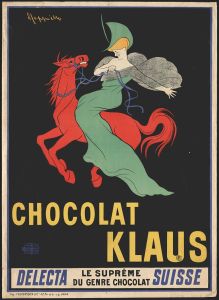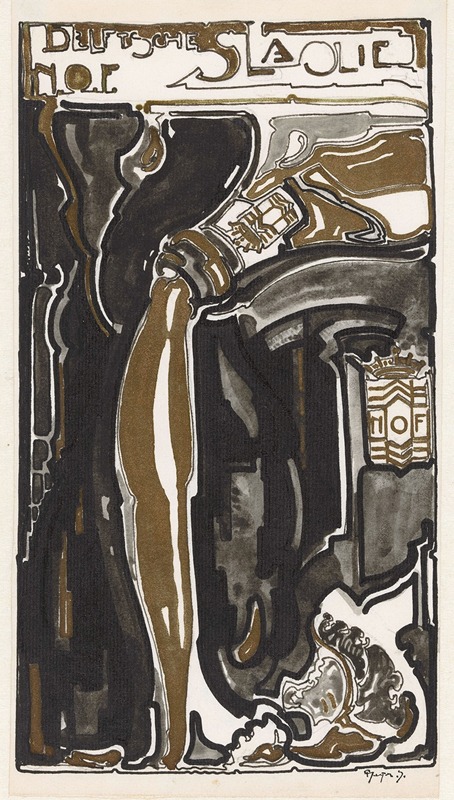
Ontwerp voor reclame voor `Delftsche Slaolie’
A hand-painted replica of Reijer Stolk’s masterpiece Ontwerp voor reclame voor `Delftsche Slaolie’, meticulously crafted by professional artists to capture the true essence of the original. Each piece is created with museum-quality canvas and rare mineral pigments, carefully painted by experienced artists with delicate brushstrokes and rich, layered colors to perfectly recreate the texture of the original artwork. Unlike machine-printed reproductions, this hand-painted version brings the painting to life, infused with the artist’s emotions and skill in every stroke. Whether for personal collection or home decoration, it instantly elevates the artistic atmosphere of any space.
Reijer Stolk's "Ontwerp voor reclame voor 'Delftsche Slaolie'" (Design for Advertisement for 'Delftsche Slaolie') is a notable example of early 20th-century Dutch graphic design. Created in 1919, the work was intended as a promotional design for Delftsche Slaolie, a brand of salad oil. Stolk, a Dutch artist and designer, was active during a period when advertising and commercial art were becoming increasingly important in the Netherlands, influenced by broader European trends in modernist design.
The design reflects the stylistic tendencies of the time, particularly the influence of De Stijl, an art movement founded in 1917 that emphasized abstraction, geometry, and a limited color palette. While Stolk was not a core member of De Stijl, his work demonstrates a similar interest in clean lines, functional design, and the integration of art into everyday life. The advertisement uses bold, simplified forms and a clear layout to communicate its message effectively, aligning with the modernist principles of clarity and utility.
"Delftsche Slaolie" was a well-known Dutch brand, and its advertisements became iconic in the early 20th century, partly due to the contributions of artists like Stolk. This particular design is significant for its role in bridging the gap between fine art and commercial design, a trend that was gaining momentum in the Netherlands and beyond during this era.
The original artwork is now part of the collection of the Rijksmuseum in Amsterdam, which houses a wide range of Dutch art and design. The museum's acquisition of the piece underscores its cultural and historical importance, both as a work of art and as a document of early 20th-century advertising practices.
Reijer Stolk (1896–1945) was a versatile artist whose work spanned various disciplines, including painting, graphic design, and book illustration. His contributions to Dutch visual culture are recognized for their innovative approach and their reflection of contemporary artistic movements. While his career was tragically cut short during World War II, his surviving works, including this advertisement design, continue to be studied and appreciated for their artistic and historical value.





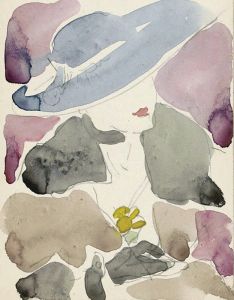
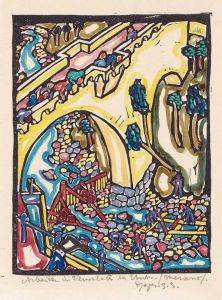
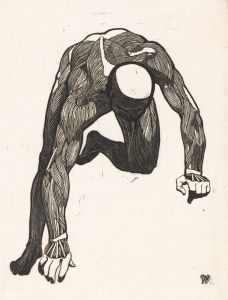
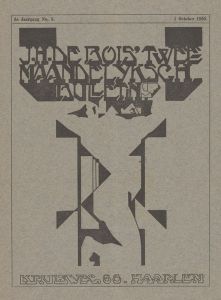
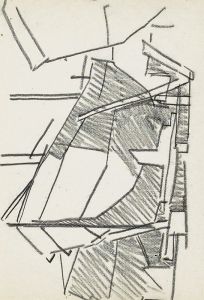
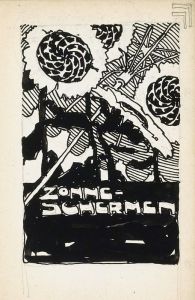
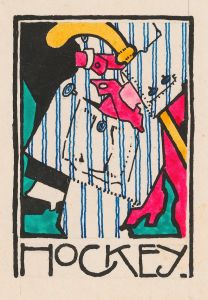
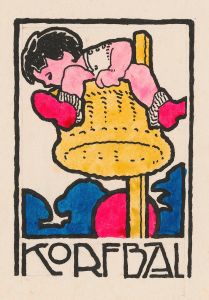
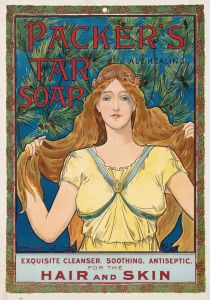
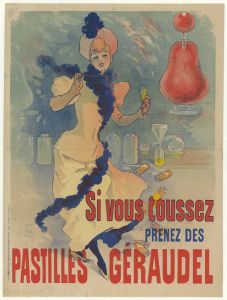
![Graphic design drawings for Barricini Candy packages.] [Study, ‘French Chocolates’ candy box, pink and black](/imgs/249347/s/winold-reiss-graphic-design-drawings-for-barricini-candy-packages-study-french-chocolates-candy-box-pink-and-black-5b35608f.jpg)

